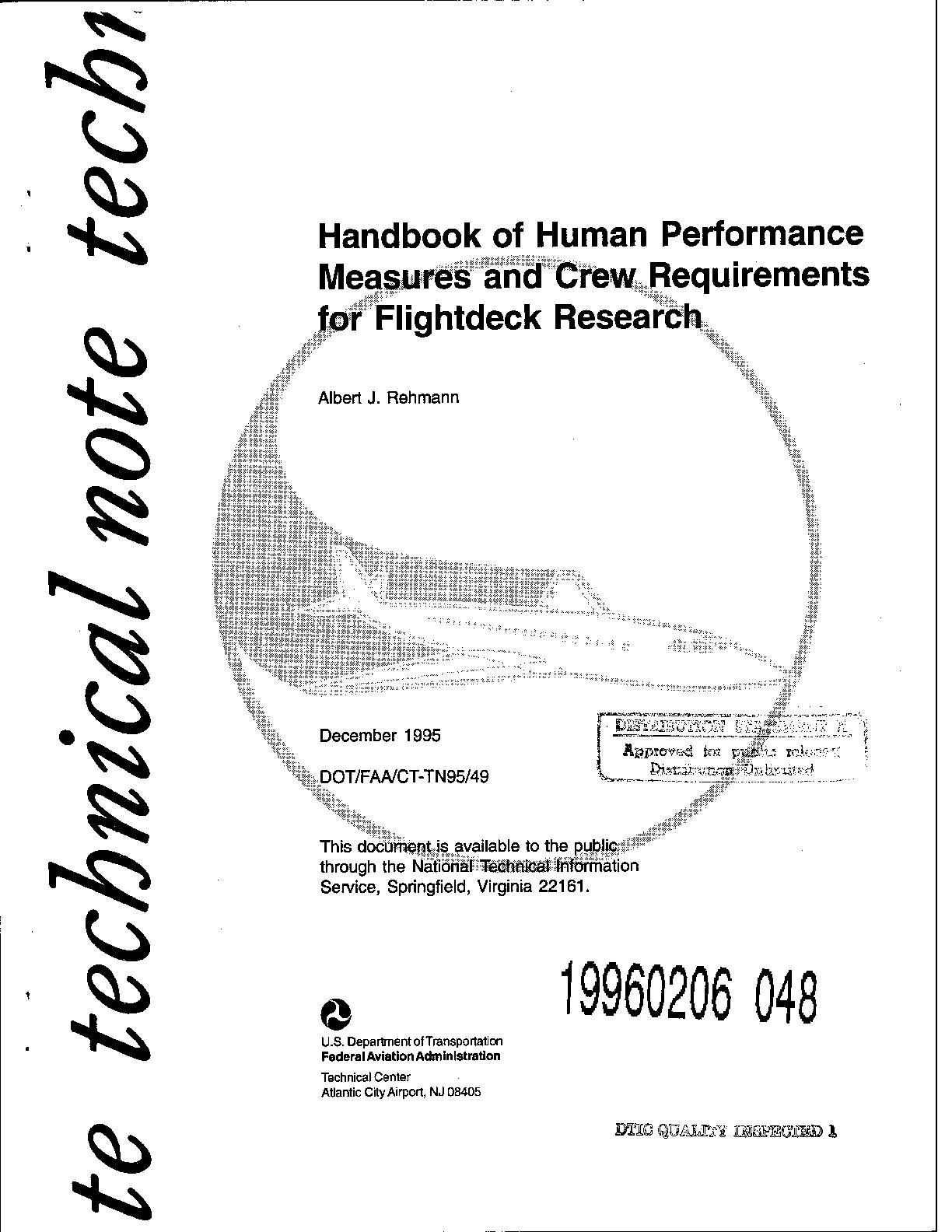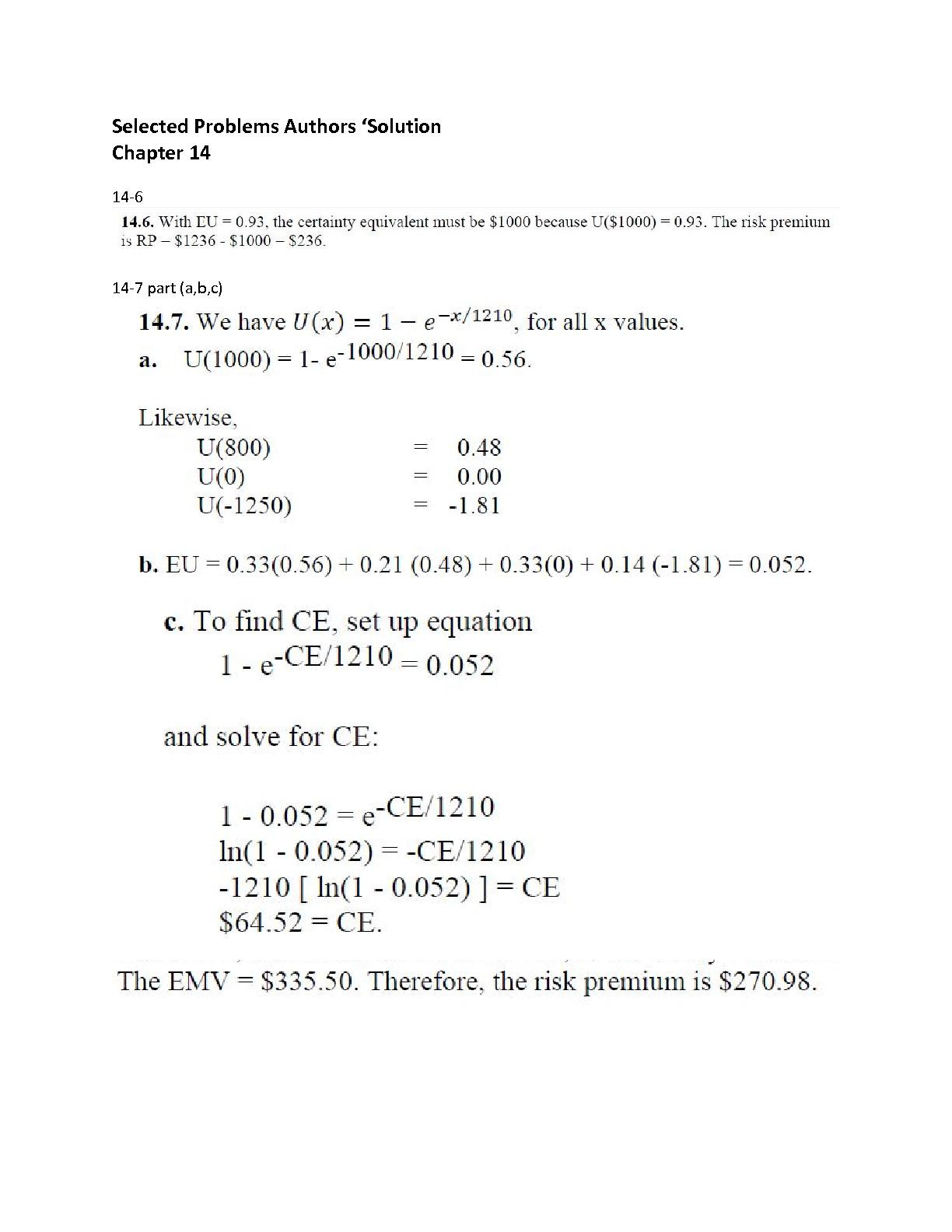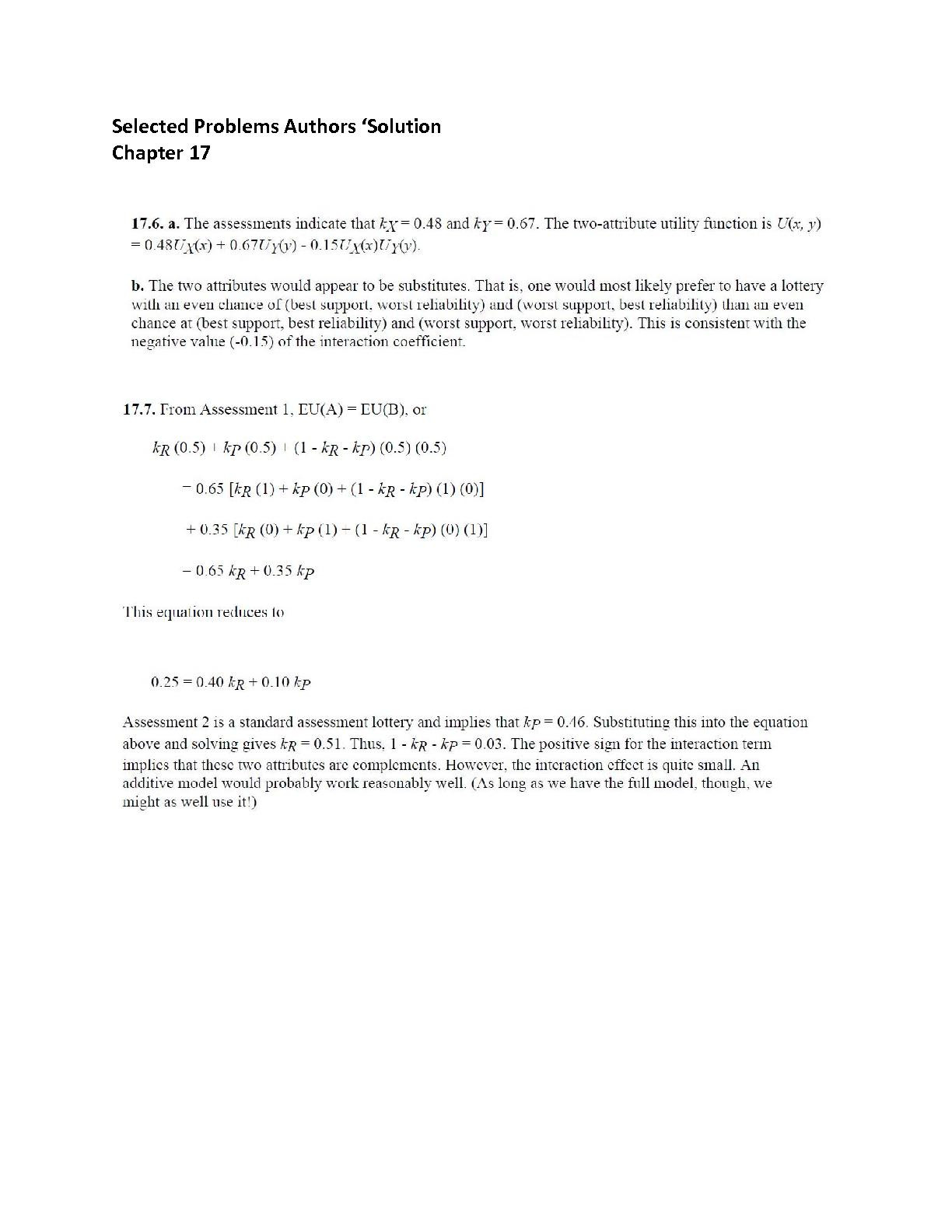Statistics> Notes > Handbook of Human Performance Measures and Crew Requirements Ä for Flightdeck Research
Handbook of Human Performance Measures and Crew Requirements Ä for Flightdeck Research
A concern in modern aircraft is that flightcrews are inundated with an enormous amount of automation. This has changed the role of the flightcrew and has demanded increased monitoring behaviors than ever before. Because flightcrew behavior is less observable, the challenge in the human factors research industry is to identify pilot performance through new evaluation tools and techniques. ... [Show More]Last updated: 3 years ago
Preview 1 out of 94 pages



